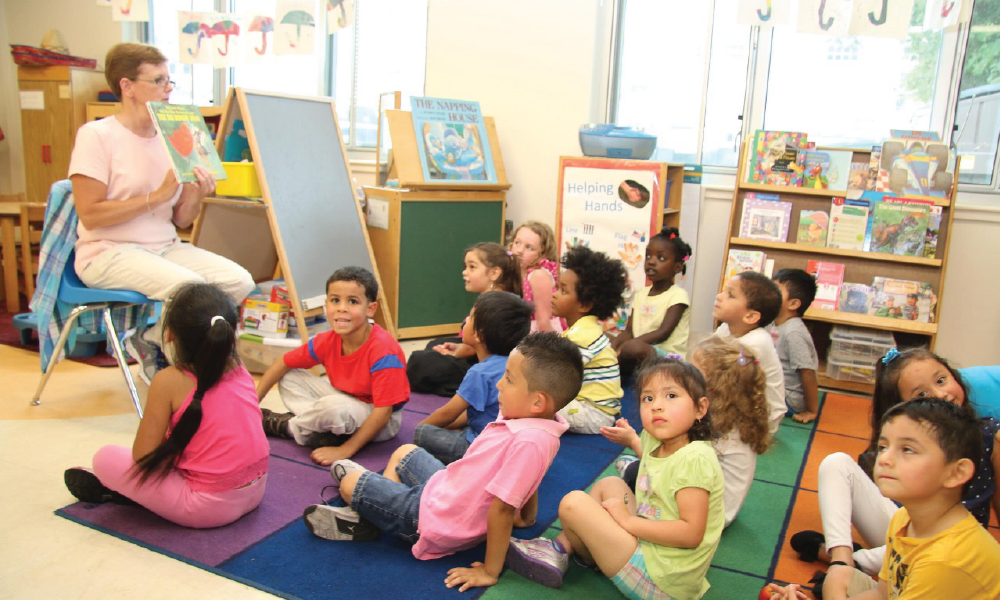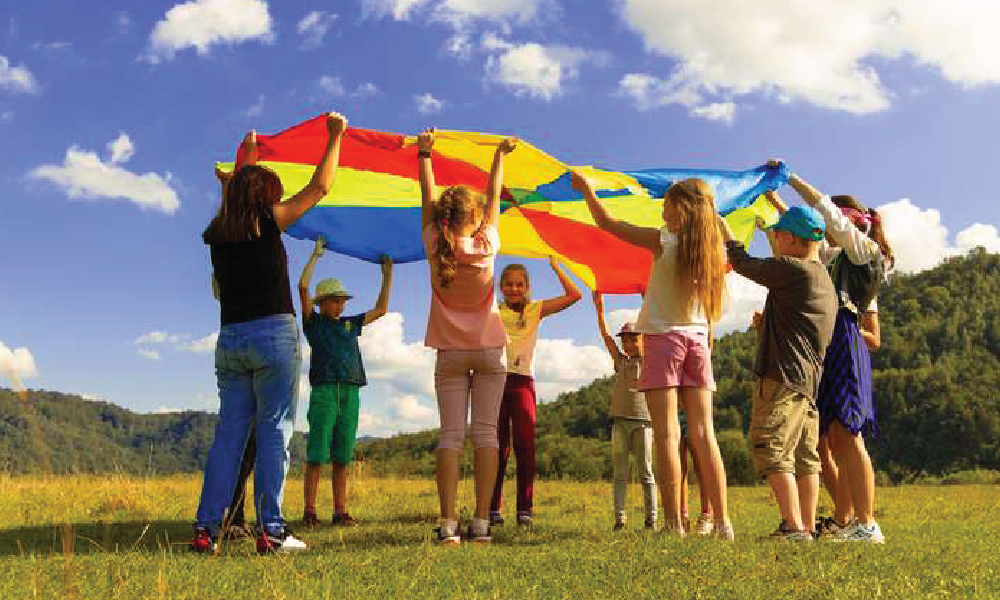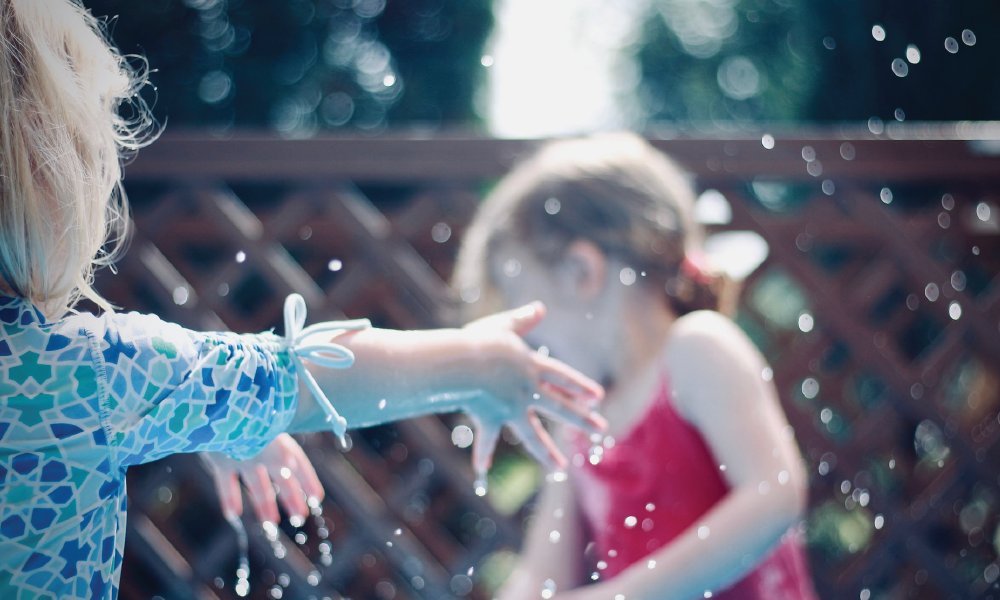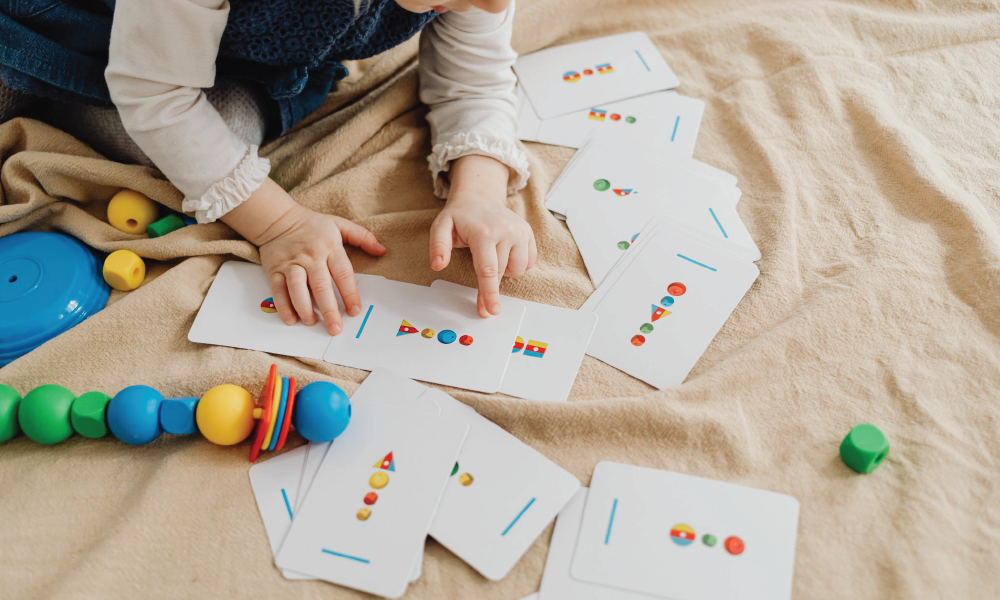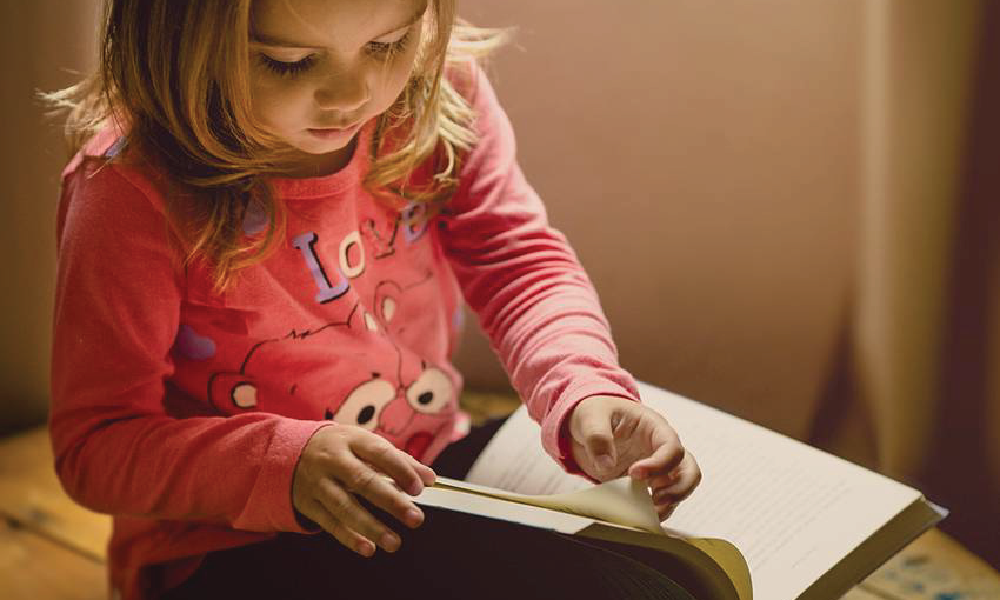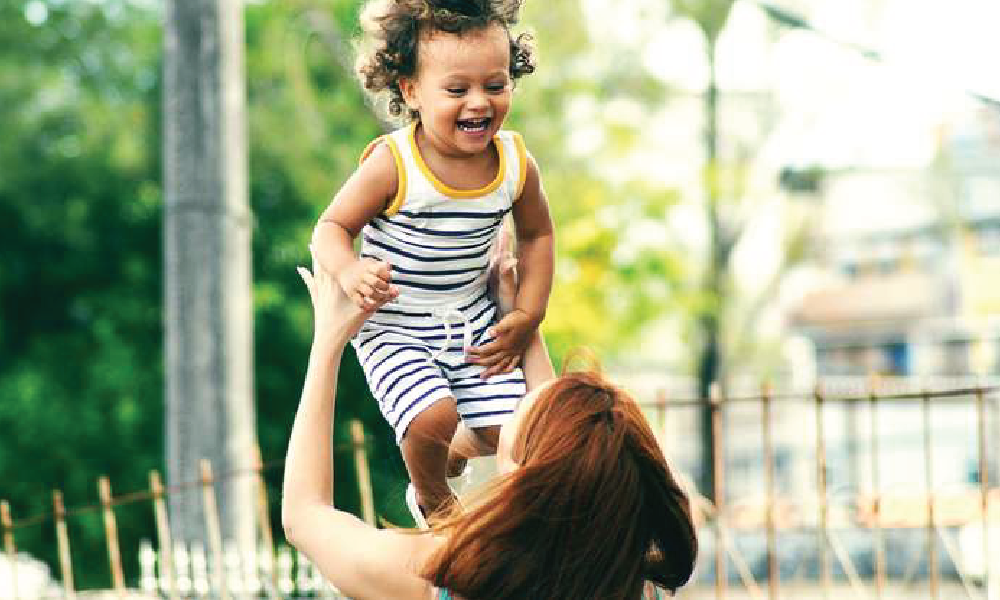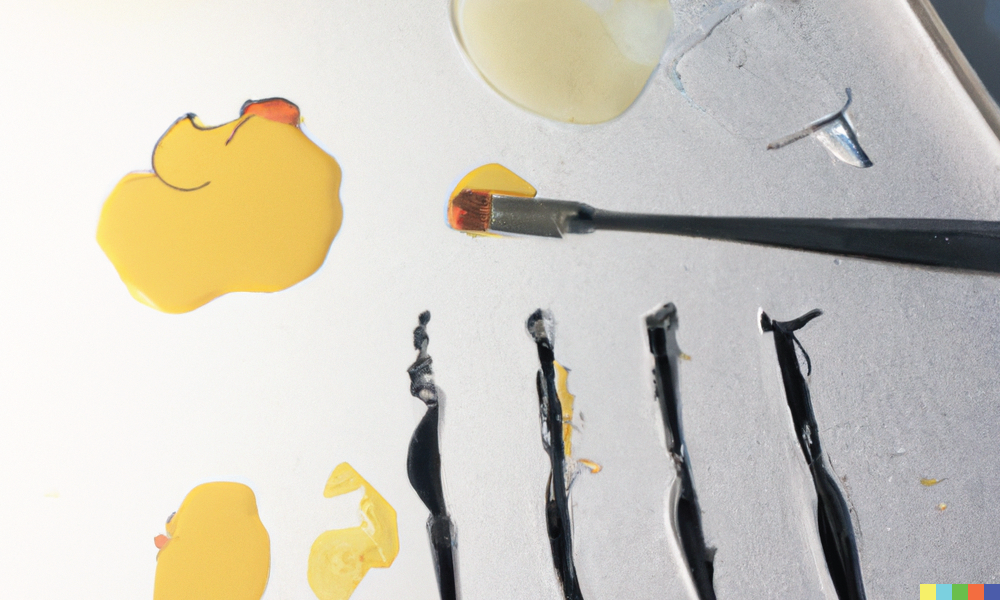Creativity in kids: Creative kids give life to ideas with their imagination. Creativity in kids is essential to unveil their
Fostering good habits in kids from an early age is essential. Good habits are actions that have positive consequences and
Brain development in children starts from the day they are born and a child’s brain has the potential to absorb
A child’s early childhood experiences must incorporate the best activities for their overall development. But why? That’s because choosing the
Your little one is never more serious than when they play, right? So now that’s a fun fact you must
12 Super Fun Indoor Activities For Kids On A Rainy Day When life gives you an opportunity to experience the
15 Fun Flashcard Game Activities For Toddlers & Kids Looking to engage your child in fun flashcard game activities? Read
A child in their early years undergoes various changes as a part of the development process. These changes are both
Language Development In Children & Speech Milestones Sounds, words, sentences! Language development is a comprehensive process. The ability to speak, understand,
How Can Art Boost Productivity? Have you ever heard someone saying to enjoy the journey more than the destination? That

